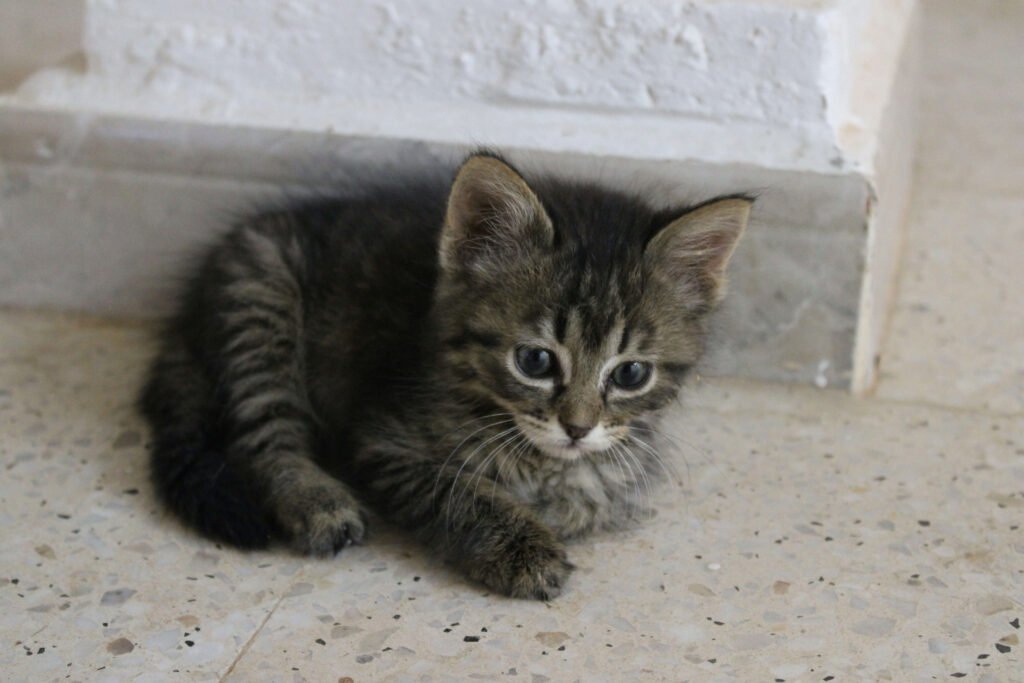Understanding the Controversy: Can You Declaw a Cat?
Cats are beloved companions, known for their playful nature, independent spirit, and endearing quirks. However, one topic that often sparks debate among cat owners and animal lovers alike is declawing. Many people wonder whether declawing is a safe or ethical procedure. While some view it as a solution to protect furniture or prevent scratches, others argue that it poses significant risks to a cat’s health and well-being. In this blog post, we’ll delve into the details of declawing, explore its implications, and provide alternative solutions to ensure both you and your feline friend can live harmoniously.
What Is Declawing? A Closer Look
Declawing, also known as onychectomy, is a surgical procedure that involves removing part of a cat’s paw. It’s more than just trimming nails—it’s a complex and invasive process that requires careful consideration. Below, we outline key facts about declawing to help you understand what it entails:
Declawing removes the last bone of each toe, which is equivalent to cutting off the tip of a human finger at the first knuckle.
The procedure is irreversible and can have long-term effects on a cat’s physical and emotional health.
Declawing is not just a simple nail trim; it involves amputating part of the cat’s anatomy.
Some countries and states have banned declawing due to its harmful impact on cats.
The surgery can lead to complications such as infections, chronic pain, and difficulty walking.
Understanding these points is crucial before making any decisions about declawing. Cats rely on their claws for balance, self-defense, and expressing natural behaviors, so removing them can significantly alter their quality of life.
Why Do People Consider Declawing? Common Reasons
While declawing is a controversial topic, many cat owners consider it for various reasons. Often, these decisions stem from misunderstandings or lack of awareness about alternatives. Here are some common motivations behind declawing:
Fear of damage to furniture or household items caused by scratching.
Concerns about accidental scratches to family members, especially children or elderly individuals.
Misconceptions that declawing is a harmless or routine procedure.
Recommendations from uninformed friends, family, or even veterinarians in certain regions.
Lack of knowledge about training methods or tools to redirect scratching behavior.
It’s important to address these concerns without resorting to declawing. By exploring humane alternatives, you can protect your home while ensuring your cat remains happy and healthy.
Check this guide 👉The True Cost of Declawing Cats: Best 7 Expert Care Tips!

Reasons Against Declawing | Alternatives to Declawing |
|---|---|
Causes chronic pain and discomfort | Provide scratching posts or pads |
Leads to behavioral issues like biting | Use soft claw caps to cover nails |
Irreversible surgical procedure | Trim your cat’s nails regularly |
Banned in many countries and states | Train your cat to avoid furniture |
Disrupts natural hunting and climbing | Apply deterrent sprays on furniture |
The Physical and Emotional Impact of Declawing
Declawing doesn’t just affect a cat’s ability to scratch—it has far-reaching consequences for their physical and emotional health. Here’s how this procedure can impact your furry friend:
Cats may experience chronic pain due to nerve damage in their paws.
Walking difficulties can arise as declawed cats struggle to adjust to their altered anatomy.
Behavioral changes, such as increased aggression or anxiety, are common after declawing.
Litter box avoidance is a frequent issue, as digging in litter can be painful for declawed cats.
Declawed cats may feel vulnerable and insecure, leading to withdrawal or fear-based behaviors.
These effects highlight the importance of considering less invasive solutions. Declawing should never be taken lightly, as it can profoundly affect your cat’s quality of life.
Alternatives to Declawing: Humane Solutions
If you’re concerned about scratching or other behaviors, there are plenty of humane alternatives to declawing. These options allow your cat to express natural behaviors while protecting your home. Consider the following suggestions:
Place scratching posts or boards near areas where your cat likes to scratch.
Use double-sided tape or deterrent sprays on furniture to discourage scratching.
Regularly trim your cat’s nails to minimize potential damage.
Apply soft claw caps, which are safe and temporary nail covers.
Reward positive behavior with treats or praise to encourage good habits.
By implementing these strategies, you can create a peaceful environment for both you and your cat. Remember, patience and consistency are key when training your feline companion.
The Benefits of Scratching Posts for Cats
Scratching is a natural behavior for cats, and providing them with appropriate outlets can prevent furniture damage while keeping your cat happy. Scratching posts are an excellent solution to redirect this instinctive behavior. Here’s why they’re so beneficial:
Scratching posts help cats stretch their muscles and maintain flexibility.
They provide a designated area for cats to sharpen their claws naturally.
Posts come in various materials like sisal, carpet, or cardboard, catering to different preferences.
Placing posts near furniture can redirect your cat’s attention away from scratching valuable items.
Some scratching posts are designed as multi-level structures, doubling as play areas for exercise.
By investing in a quality scratching post, you can fulfill your cat’s needs while protecting your belongings. It’s a win-win solution that respects your cat’s instincts and enhances their environment.
How to Introduce Soft Claw Caps Effectively
Soft claw caps are a popular alternative to declawing, offering a temporary and humane way to protect your furniture and skin from scratches. However, introducing them requires patience and care. Here’s how to make the process smooth for both you and your cat:
Start by trimming your cat’s nails before applying the caps to ensure a snug fit.
Use treats or toys to create a positive association during the application process.
Apply a small amount of adhesive to the cap, being careful not to use too much.
Gently press the cap onto the nail and hold it in place for a few seconds.
Monitor your cat afterward to ensure they adapt well to wearing the caps.
With proper introduction, soft claw caps can be a simple and effective way to manage scratching without compromising your cat’s well-being.
Training Your Cat to Avoid Furniture
Training your cat to avoid furniture is a proactive approach to managing scratching behavior. With consistency and positive reinforcement, you can teach your cat what is acceptable to scratch. Here are some tips to guide you through the process:
Identify the areas where your cat likes to scratch and place deterrents like double-sided tape nearby.
Reward your cat with treats or praise when they use a scratching post instead of furniture.
Redirect your cat to the scratching post whenever you catch them in the act of scratching furniture.
Use verbal cues like “no” or “stop” to discourage inappropriate scratching gently.
Be patient and consistent, as training takes time and repetition.
By combining these techniques, you can encourage good habits and reduce unwanted scratching behavior. Remember, a little effort goes a long way in fostering a harmonious living space.
Frequently Asked Questions About Declawing
Is declawing the same as trimming a cat’s nails?
No, declawing is a surgical procedure that involves removing part of the cat’s paw, while trimming simply shortens the nails.
Does declawing hurt my cat?
Yes, declawing can cause significant pain during recovery and may lead to chronic discomfort.
Are there laws against declawing?
Yes, some countries and U.S. states have banned declawing due to its harmful effects.
How can I stop my cat from scratching furniture?
Provide scratching posts, use deterrents, and trim your cat’s nails regularly to redirect their behavior.
Will my cat behave differently after declawing?
Declawed cats may exhibit changes in behavior, such as increased aggression or litter box avoidance.
Prioritizing Your Cat’s Well-Being
Declawing is a decision that should never be made lightly. While it may seem like a quick fix to prevent scratching, the procedure can have lasting negative effects on your cat’s health and happiness. Instead of opting for declawing, consider humane alternatives that respect your cat’s natural instincts and needs. By doing so, you’ll foster a loving and harmonious relationship with your feline companion. Remember, a happy cat makes for a happy home—and that’s something worth striving for.
Understanding Cat Straining to Pee: Best 7 Health Tips! Discover causes, symptoms, and solutions for your cat's urinary issues. Act now!
Understanding Why Cats Arch Their Backs: Best 7 Expert Tips! Discover the reasons behind this fascinating behavior and how to interpret your cat's signals like a pro.
Why Is My Cat Staring at Me? Best 7 Behavior Tips! Discover the reasons behind your cat's intense gaze and learn how to decode their behavior effectively.
Why Does My Cat Stink? Best 7 Expert Tips! Discover common causes of cat odors and effective solutions to keep your feline friend fresh and healthy.





